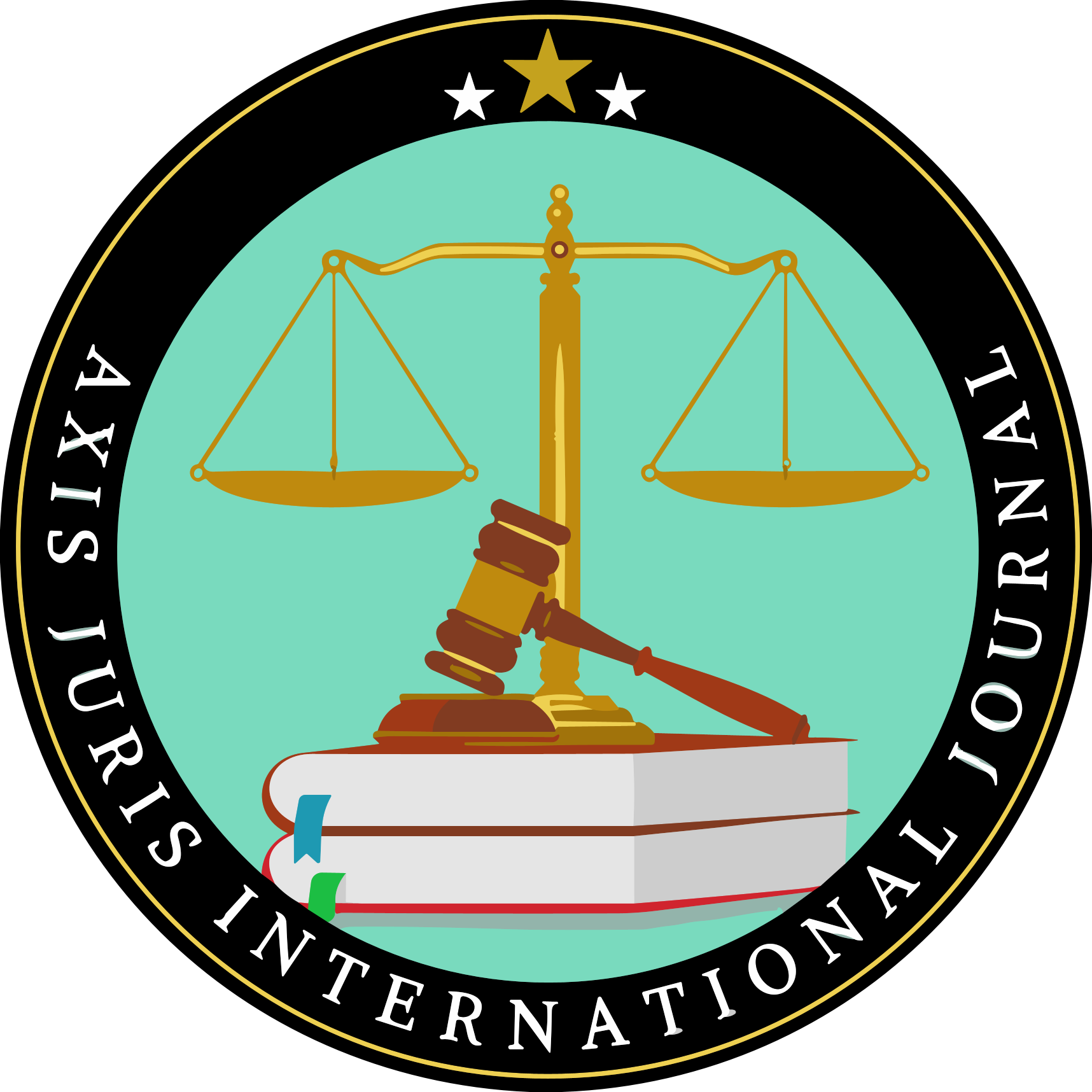AUTHOR’S NAME : Somya Gupta
UNIVERSITY - Bennett University
INTRODUCTION
In the modern workplace, fostering a healthy and inclusive environment is paramount for employee well-being and organizational success. However, despite significant progress, discrimination and harassment persist in workplaces, posing serious legal and ethical challenges. This blog explores key legal insights into workplace dynamics, focusing on discrimination and harassment issues that employees and employers should be aware of. Few issues are as important and prevalent in the constantly changing field of corporate law as workplace harassment and discrimination. Beyond the well-maintained façade of corporate facades and office spaces, the dynamics of the workplace frequently involve intricate legal issues that influence employees’ experiences. In this blog, we examine the legal ramifications of harassment and discrimination, including the systems put in place to safeguard workers and guarantee an equitable workplace.
UNDERSTANDING WORKPLACE DISCRIMINATION: LEGAL FOUNDATIONS
Workplace discrimination can take many different forms, from age and disability to gender and ethnicity. The goal of legal safeguards against discrimination is to promote equality and diversity. In the US, Title VII of the Civil Rights Act of 1964, for instance, outlaws discrimination on the grounds of race, colour, religion, sex, or national origin. Comparably, people are shielded from discrimination on the basis of age and disability by the Age Discrimination in Employment Act (ADEA) and the Americans with Disabilities Act (ADA), respectively. These legislative frameworks include every facet of employment, including possibilities for training, promotions, and termination, and go beyond the hiring process. Employers are required to provide a work atmosphere that respects each employee’s rights and values diversity, free from discriminatory practices.
HARASSMENT IN THE WORKPLACE: LEGAL DEFINITIONS AND PROTECTIONS
Similar to discrimination, workplace harassment is also bad for the workplace as a whole. Harassment can take many different forms, such as verbal, physical, or visual behavior that makes the workplace appear threatening, hostile, or offensive. Workplace harassment is covered by Title VII, which forbids harassing someone because of the same protected traits as discrimination does.
Coworkers, superiors and subordinates, and even external parties like clients or consumers might engage in harassment. The legal framework makes it clear that employers must stop harassment and deal with it right once in order to create a work environment where all workers can succeed without worrying about being mistreated or intimidated.
LEGAL RECOURSE: REPORTING AND RETALIATION PROTECTION
Workers who experience harassment or discrimination have options. Legal systems offer channels for reporting these kinds of events; these channels are frequently internal grievance processes or third-party organizations like the Equal Employment Opportunity Commission (EEOC) in the US. The purpose of reporting processes is to enable workers to come forward without worrying about facing reprisals. One of the most important aspects of workplace dynamics is protection from retribution. Workers who report harassment or discrimination should not be subjected to retaliatory actions because of their concerns. Legal safeguards guarantee that workers can use their rights without worrying about retaliation, fostering an atmosphere where people feel comfortable coming forward to report wrongdoing.
EMPLOYER RESPONSIBILITIES: PROACTIVE MEASURES AND LEGAL COMPLIANCE
Employers are seeing the value of taking proactive steps to avoid harassment and discrimination in addition to their legal obligations. An effective plan must include developing a culture of inclusivity, holding frequent training sessions, and establishing clear policies. In addition to meeting legal requirements, companies can foster a healthy and productive work environment by valuing diversity and emphasizing respectful behavior. Maintaining current with changing laws and regulations is necessary for legal compliance. Laws may be modified to address new issues as society norms change and knowledge of harassment and discrimination increases. Employers need to be on the lookout for changes to the law and adjust their policies and practices accordingly.
CONCLUSION: SHAPING A FAIR AND INCLUSIVE WORKPLACE
Workplace dynamics, particularly issues related to discrimination and harassment, require careful attention from both employees and employers. Legal frameworks are in place to protect individuals from unfair treatment, but it’s essential for organizations to go beyond mere compliance and actively promote inclusivity. Workplace dynamics are influenced by both the tasks that employees complete and their working environment. Legal perspectives on harassment and discrimination highlight how important it is to establish work environments that value equality, justice, and respect. Employers need to take a proactive approach to these concerns as the legal landscape changes, creating a work atmosphere where people feel safe, empowered, and shielded from harassment and discrimination. By doing this, companies support the success of their business and the well-being of their employees in addition to adhering to the law and fostering an inclusive and respectful workplace culture. By fostering a workplace culture that values diversity and prioritizes the well-being of employees, organizations can mitigate the risk of legal challenges and create environments where everyone can thrive. Legal compliance is not just a matter of ticking boxes; it’s a fundamental aspect of building a workplace that reflects the principles of fairness, equality, and respect for all.
